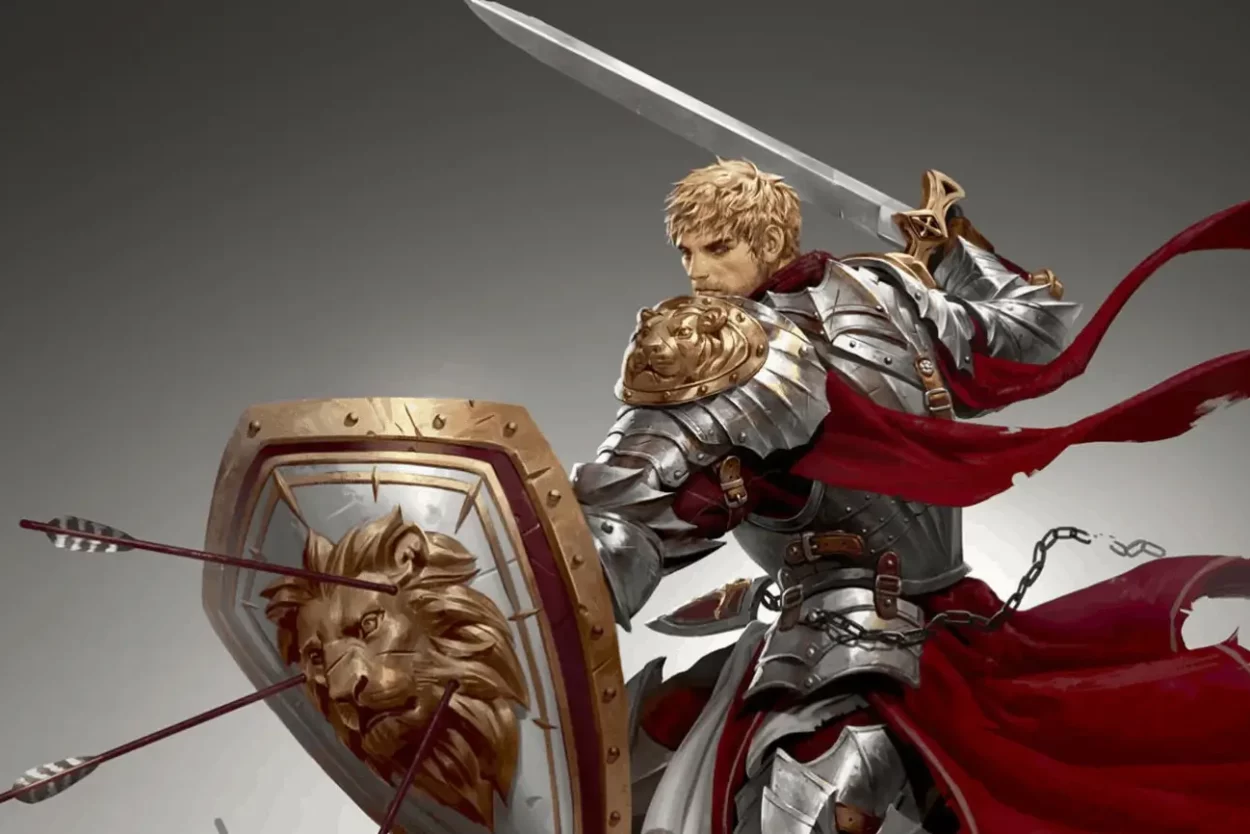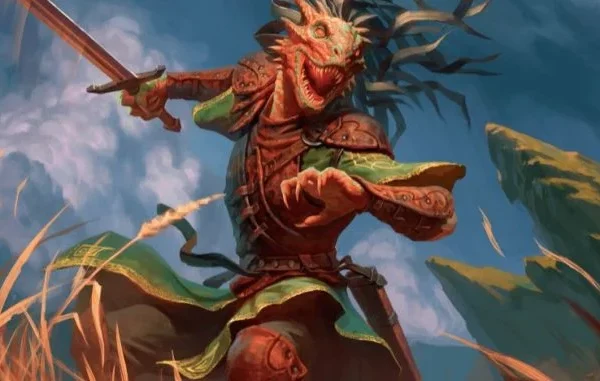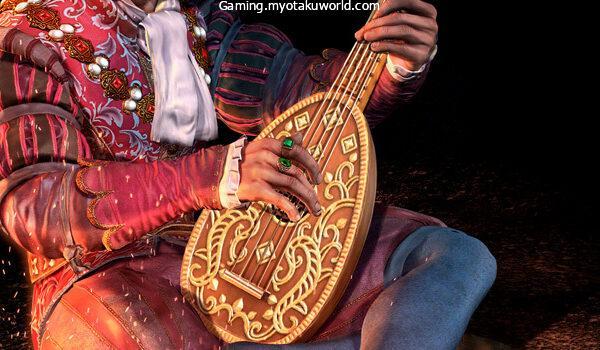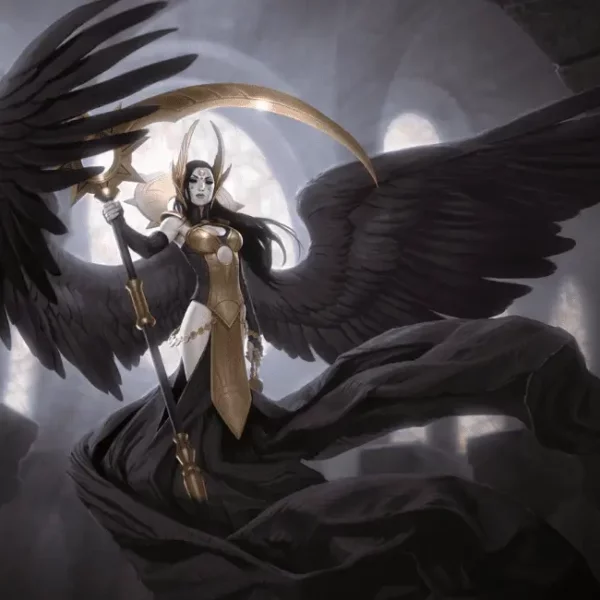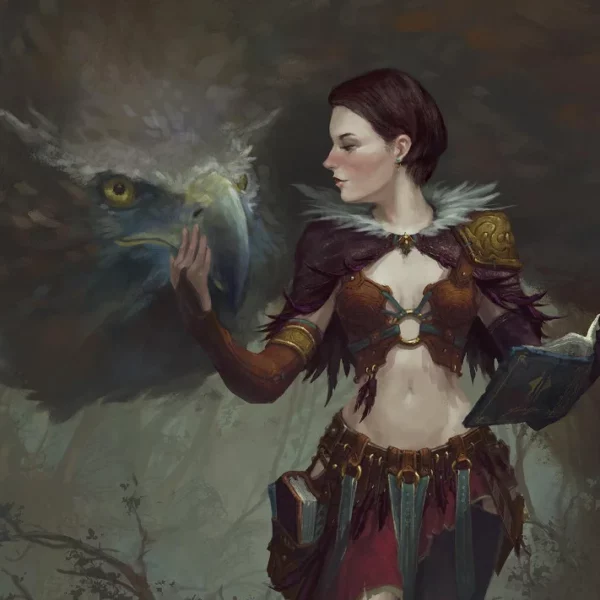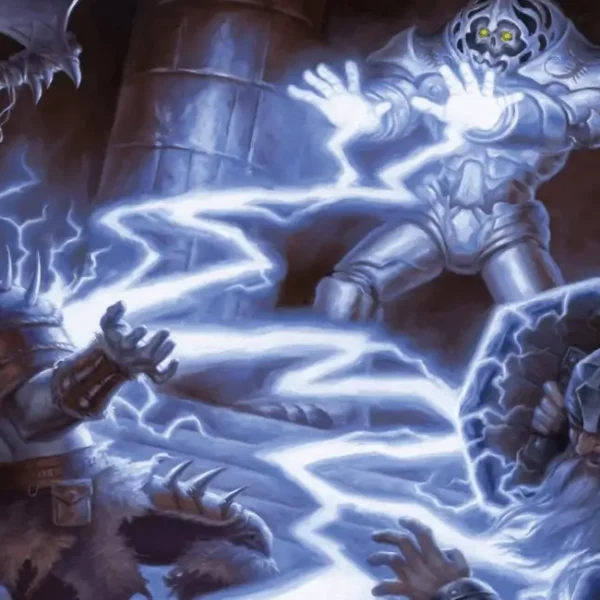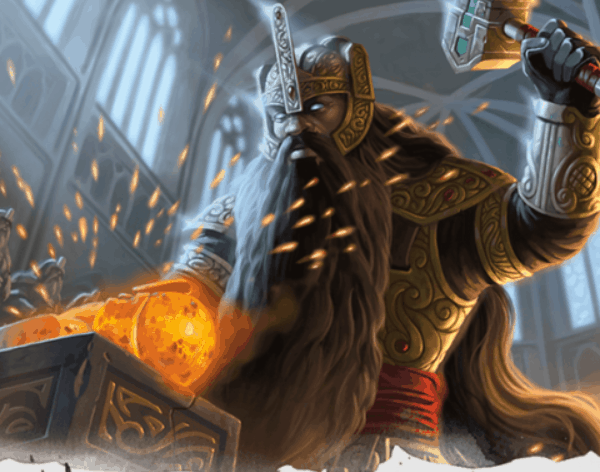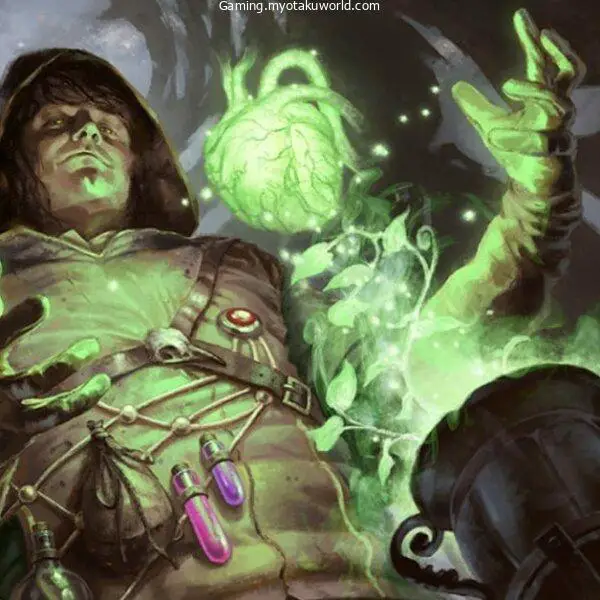Nothing is more terrifying than seeing a barbarian charged into battle, high on rage, and swinging an enormous greatsword at his nearest enemy.
It’s terrifying to see your enemy doing the same thing. Greatswords can be likened to bread and butter for certain characters and classes in D&D games, and that’s because they are so useful.
These swords have a lot of stopping power. If an orc or a firebolg wields a greatsword like a toy, they likely have some strength.
This powerful weapon is awe-inspiring and can stop dragons.
What is a greatsword?

Greatsword
- Type: melee weapon (martial or sword)
- Category: Items
- Damage: 2d6
- Damage Type: Slashing
- Item Rarity: Standard
- Properties: Heavy, Two-Handed
- Weight: 6
These stats are taken from the Player’s Handbook. It deals with 2d6 slashing and a maximum of 12 normal damage before any modifiers.
Although it is a common item, it has two properties: Heavy and Two-handed.
Heavy meant that creatures of tiny sizes (Gnomes Kobolds, Goblins, etc.) couldn’t wield greatswords. If they did, their attack rolls were affected.
A heavy weapon is required for certain feats, such as the Great Weapon Master feat.
Two-handed refers to the requirement for two hands to use the weapon. It’s a fantastic idea, but it doesn’t work in 5e.
Imagine a barbarian holding a greatsword in one arm and a huge shield in the other. This D&D weapon requires two hands.
The greatsword is one of the most powerful weapons in the game. You can even combine it with other feats to increase the damage output!
Who can use a greatsword?
It is 6 lbs in weight so you will need some muscle to use the sword well. You will need to be proficient in martial weapons if you don’t have them.
Your character sheet will indicate that you do. Fighters and Barbarians have the highest likelihood to use greatswords, but they are best paired with a shield.
The Best Greatsword Builds

These are the top feats and abilities that can be combined with a great sword.
Savage Attacker is the first.
The Player’s Handbook states that once per turn when you roll damage for a melee weapons attack, you have the option to reroll the damage dice of the weapon and use either the total or the previous result.
This feat is especially useful if you roll low damage. You can reroll the weapon’s damage dice and choose either the second or lowest result.
Critical hits are even more exciting. If you can’t roll your damage dice on a normal attack you can use this feat to reroll the damage dice.
If you’re an orc, or half-orc barbarian playing the Path Of The Berserker, you have the option to take the frenzy and use this ability.
You can start at the 3rd level by choosing this path. The Frenzy allows you to rage in a frenzy. You can use this ability to make one melee weapon attack per turn for the duration of your rage.
You will experience one level of exhaustion when your rage ends (as per Conditions em>
This allows you to add attack as your bonus action, while you are frenzied. That means you get an additional 2d6 +modifiers damage per turn. This is a great option for greatsword users.
Fighters can also participate in the action by using the Champion archetype at the 3rd Level. This allows them to crit at rolls of 19 and 20 instead of just 20.
You can combine this feat with Great Weapon Master, which does the same damage as crits.
You can perform one bonus melee weapon attack on your turn if you score a critical hit using a melee weapon or reduce a creature’s hit points to zero with one.
You can take a -5 penalty to your attack roll before you attempt a melee attack using a heavy weapon you are skilled with. You can add +10 damage to your attack if it hits.
You are likely seeing a pattern here. You should immediately learn any feats or abilities that a fighter or barbarian can use to increase damage with their greatswords or give them more chances to do it. You should min-max it.
Where can you buy a greatsword?

Greatswords are a common item in the game.
This means that most people use them. If you don’t have the option to choose a martial weapon from your adventurer background or kit, you can likely find one in the closest town that sells armor and weapons.
Although it costs 50 GP, you will likely get the same amount of gold as loot in your first adventure. If not, there may be more from sold treasure and loot.
An adventurer without a greatsword can still buy one. A bandit or humanoid enemy might also be able to give you one.
You can’t get more binding to a weapon than witnessing the destruction it can cause and being the one who is getting it! It doesn’t have to kill you so you may as well grab it!
What can you do to get a Magical Greatsword?
The greatswords can be modified to have magical versions, just like any other D&D item. The DM states that some adventures and worlds are full of magical items.
Others are low in magic, and magical items are rare. These weapons can be purchased from vendors for quite a large amount of gold.
Most of these weapons are the +1 and +2 versions. These magical variants are rare but not uncommon.
They might be found in the possession of powerful enemies or wealthy merchants.
Many other types of magical greatswords can produce different effects. Smart DMs can create their magical weapons or alter them to increase the number of greatsword options.
These weapons could be used in an epic quest or reward for a hard-fought battle against a tough foe.
There are magic greatswords that can give you an additional modifier to damage or have other active effects.
You should try to find them!
Greatsword or Sword and Board?

While this question might be best suited for paladins, it could also apply to anyone who feels their AC is not sufficient.
A shield can provide two additional points which could prove very helpful. You can choose to base your decision on stats or role-playing, but it is an option.
It all comes down to defense vs attack. It is crucial to have a shield and two extra points of AC in the early game.
Even a goblin strike can bring down the strongest character in the party.
However, this becomes less important once you have decent armor and enough health to take a few hits.
While a shield may help you survive longer in battle, a shield is not necessary. However, the faster your enemies are killed, the better your chances of keeping your health intact.
For a barbarian or fighter, the damage from the shield will be outweighed by the armor and bonuses you have. The shield master feat allows a Paladin to use the shield much better than a two-handed weapon.
As a bonus action, a Paladin can push an enemy with their shield. If the attack succeeds, the enemy is knocked to the ground.
The Paladin has an advantage in the melee attacks they can make and can score a Crit on a prone enemy to get all their damage dice!
For Paladins, a shield-based build can do as much damage as a 2-handed build, provided it is designed that way.
Shields are required for certain builds to support tanky builds. Additionally, some shields can have special effects that enhance their combat capabilities.
It’s important to be open-minded and consider all options while playing the game. Once you begin to pick feats that will improve your fighting style or weapon, you won’t be locked in.
It is not a good idea to choose feats that increase your greatsword skills, then switch to sword and shield at the next three levels. You lose all of those benefits.
FAQ for Greatsword 5e
Should I Plan Ahead Or Wing It?
All the talk about feats and builds to maximize your greatsword attack damage can make it difficult to keep track of your character’s progress.
Some players like to min-max and determine what does the most damage. However, roleplaying is possible as well.
Your character may choose a feat because they feel it’s appropriate for their roleplay or because it suits them, even though it might not be the best.
D&D isn’t like a videogame where you run the risk of being under-leveled. The DM will adjust encounters to suit your skillset or give your party another method to deal with the encounter.
If you choose the greatsword or another 2-handed weapon for your main weapon, you don’t have to follow a specific path. You can explore the possibilities of your weapon.
You can also talk to your DM if you feel stuck in your character or don’t have fun. They might be able to help you decide on the combat style that you like.
How does my character use a greatsword effectively?
Although greatswords appear to be the same as any other 5e bladed weapon, their history shows that they were used often for area deniability.
These were not weapons that you could use to have a fast-paced duel. Instead, soldiers would use them to make long, slow, and broad swings to stop their opponents from getting close.
If you have the right amount of muscle, these swords can cleave and hew. They are also capable of fighting multiple warriors at once.
These greatswords can be used by your character, in the same manner, cutting through multiple enemies with the cleave rules or great weapon master feat.
A greatsword is most effective when you can focus on destroying or cutting down multiple enemies at once with long swings.
What strength is required for me to lift a greatsword?
It’s not necessary to lift a greatsword in 5e. You can use a greatsword as long as you’re not a small or fragile creature. All you need is to be skilled with martial weapons.
You should also have a high-strength mod. This is because you don’t want to be penalized or have to add a negative modifier on your damage and attack rolls.
The high strength does not apply to your ability to use the weapon, but only to your attack rolls and damage.
